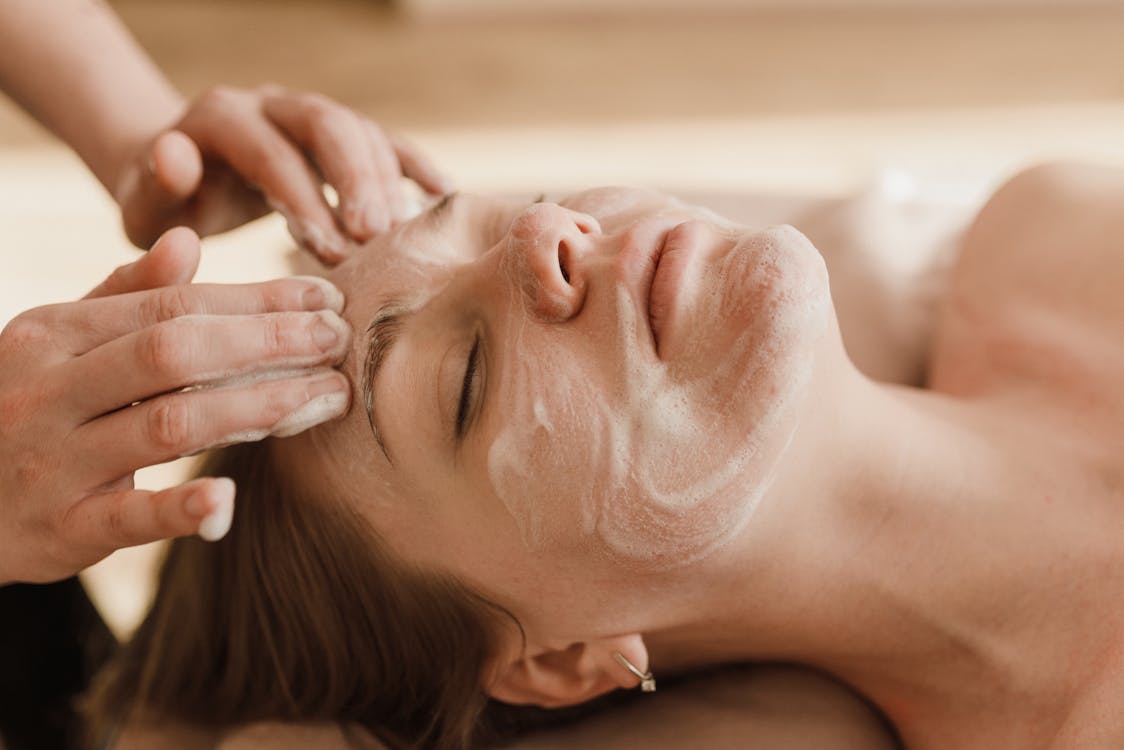Finding the perfect foundation match can be a daunting task,
but with the right tools and techniques, it's possible to find a shade that
complements your skin tone and provides the coverage and finish you desire.
Here is the ultimate guide to finding your perfect foundation match.
- Determine
Your Skin Undertone
The first step in finding your perfect foundation match is
to determine your skin undertone. Undertones are the subtle hues that lie
beneath the surface of your skin and can be classified as warm, cool, or
neutral. An easy way to determine your skin undertone is to look at the veins
on your wrist. If they appear greenish, you have warm undertones. If they
appear bluish, you have cool undertones. If they appear both greenish and
bluish, you have neutral undertones.
- Choose
Your Shade Range
Once you've determined your undertone, choose a foundation
shade range that matches it. Most foundation lines offer a range of shades that
cater to different undertones. Warm undertones should look for foundations with
yellow, peach, or golden undertones. Cool undertones should look for
foundations with pink, red, or blue undertones. Neutral undertones should look
for foundations with a balance of warm and cool undertones.
- Test
the Foundation
When testing a foundation, always try to test it in natural
daylight as it provides the most accurate reflection of your skin tone. Apply a
small amount of foundation to your jawline or neck, and blend it in well. The
shade that disappears into your skin is the closest match. Avoid testing
foundation on the back of your hand, as the skin tone is different from that of
your face.
- Consider
Your Skin Type
Your skin type can affect how a foundation looks and wears
on your skin. If you have oily skin, look for a matte or oil-free foundation
that will help control shine. If you have dry skin, look for a hydrating or
moisturizing foundation that will provide extra moisture. If you have
combination skin, look for a foundation that offers a balance between matte and
hydrating.
- Choose
Your Coverage and Finish
Foundation comes in different coverage levels and finishes.
Coverage ranges from sheer to full, with medium being the most common. Sheer
coverage provides a natural, lightweight finish, while full coverage provides
maximum coverage. Finish can be matte, satin, or dewy. Matte finishes are great
for oily skin, satin finishes provide a natural-looking glow, and dewy finishes
add extra radiance.
- Experiment
and Adjust
Don't be afraid to experiment with different foundations
until you find your perfect match. If you find a foundation that is close but
not quite right, try mixing it with another shade or adding a drop of a white
or dark mixer to adjust the shade. You can also use a lighter shade for
highlighting or a darker shade for contouring.
In conclusion, finding your perfect foundation match takes
time and patience, but it's worth the effort. By determining your undertone,
choosing the right shade range, testing the foundation, considering your skin
type, and choosing your coverage and finish, you can find a foundation that
looks and feels amazing on your skin. Remember to experiment and adjust until
you find your perfect match.


إرسال تعليق